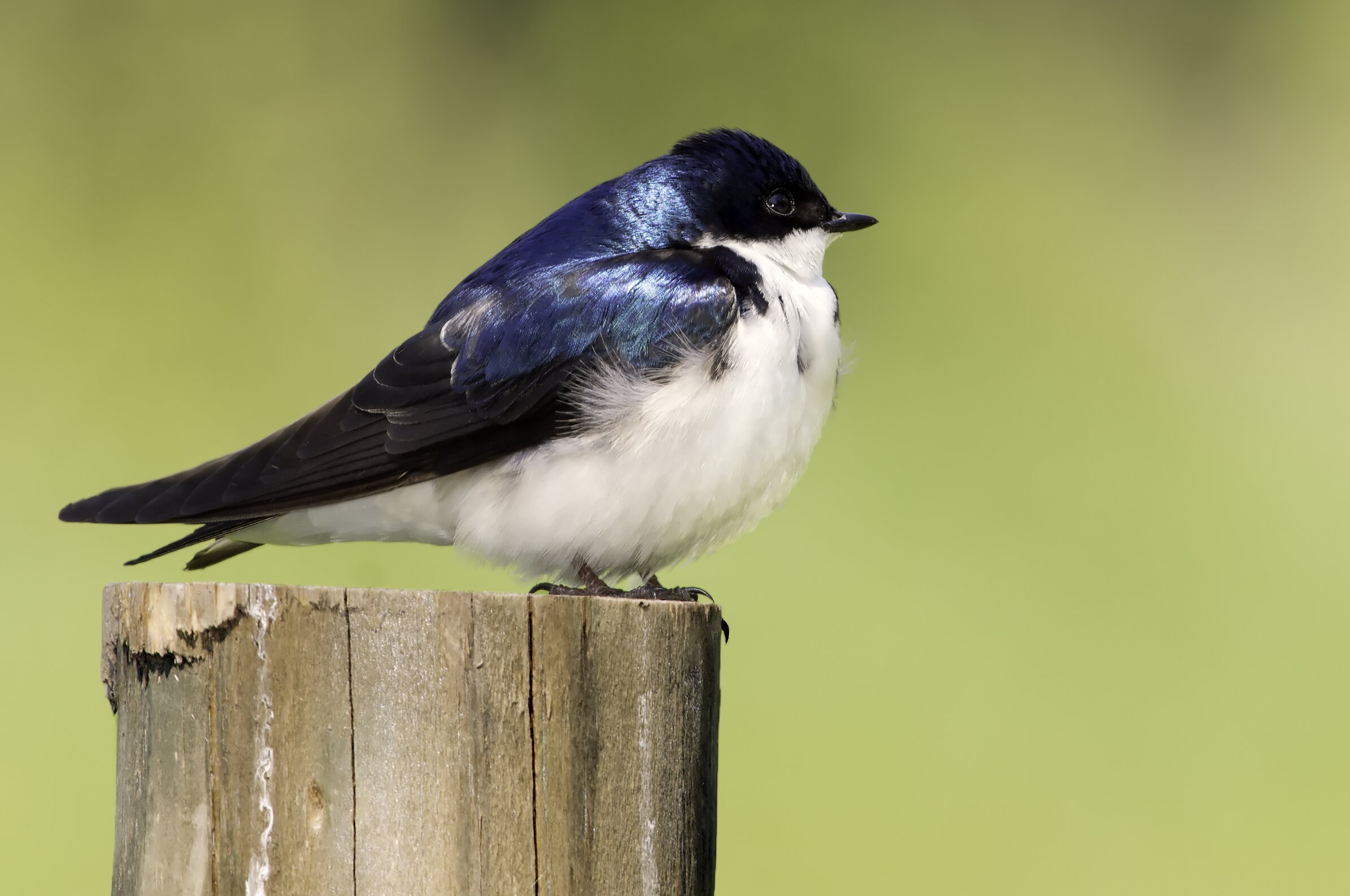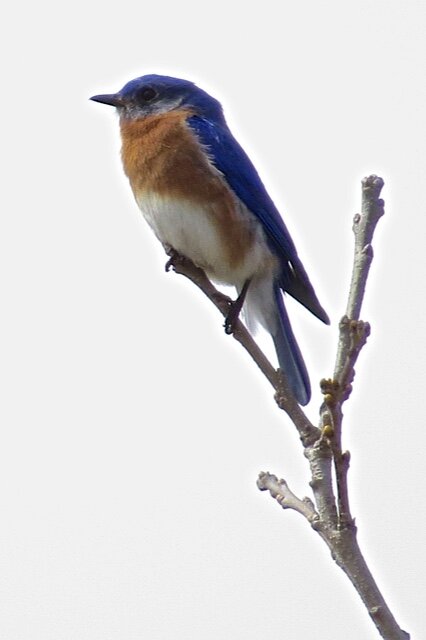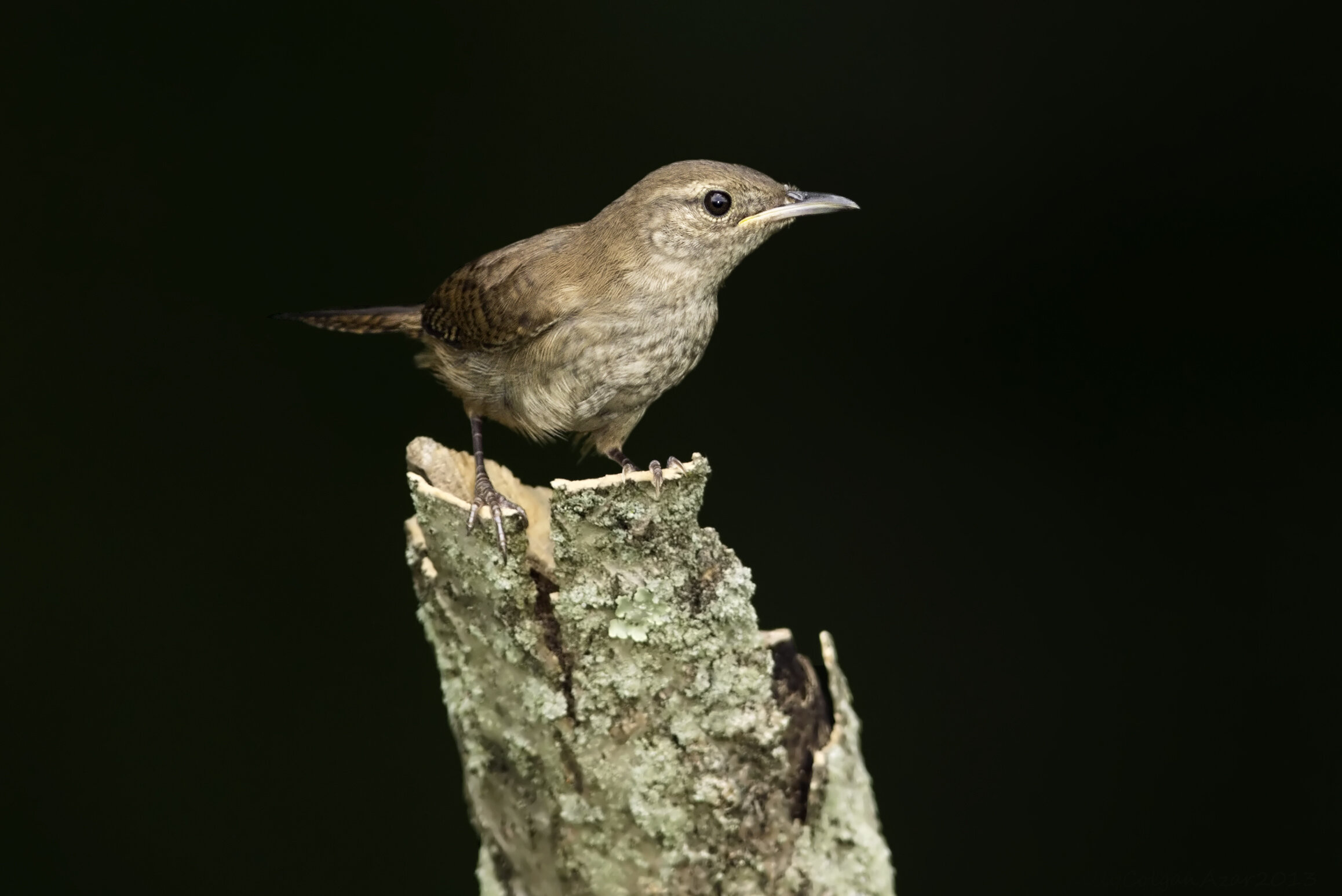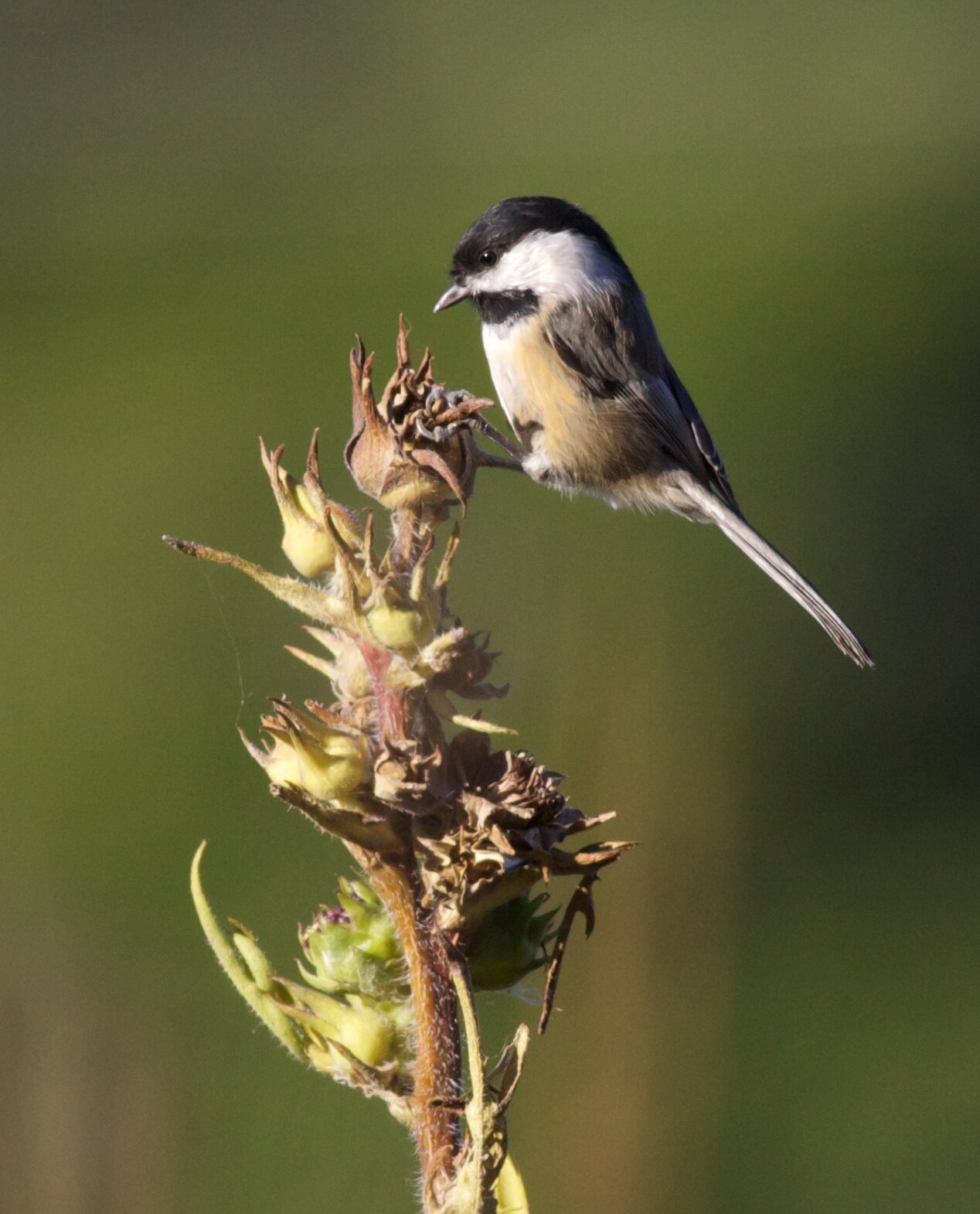If you would like to help songbirds, this is an excellent time to build or purchase nest boxes. Members of the Bluebird Restoration Association of Wisconsin (BRAW) have been leaders in Wisconsin in restoring bluebird numbers. BRAW recently placed an ad in a recent issue of Wisconsin Outdoor News offering new members at the $25.00 level up to 5 bluebird boxes, predator guards and pole clamps, an information package and four issues of Wisconsin Bluebird. However, at this time “Due to overwhelming response our nest box promotion is temporarily on hold.” We are glad to see the high level of interest. Pat Ready, Madison Audubon volunteer, is the President of BRAW and the latest newsletter reports that members fledged the following: 19,385 bluebirds, 7,957 tree swallows, 894 chickadees, and 5,067 house wrens. We encourage you to join!
If you can’t erect nest boxes because of your location or situation, you can still help by simply becoming a member of conservation groups like Madison Audubon, BRAW, or many other organizations. Giving a membership to family and friends as birthday or anniversary gifts is an excellent way of bringing new people and resources to these conservation organizations. It has never been easier to help the environment in this way.
The 1,159 fledged songbirds would like to thank our monitors. If you would like to help monitor nest boxes on preserves in Columbia County contact Graham at gsteinhauer@madisonaudubon.org.
Written by Mark Martin and Susan Foote-Martin, Goose Pond Sanctuary resident managers, and Graham Steinhauer, Goose Pond Sanctuary land steward; edited by Brenna Marsicek, Madison Audubon director of communications & outreach
Cover photo by Lorie Shaull FCC
















